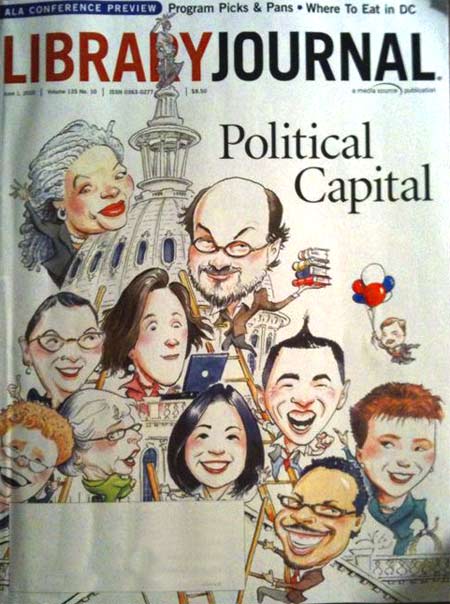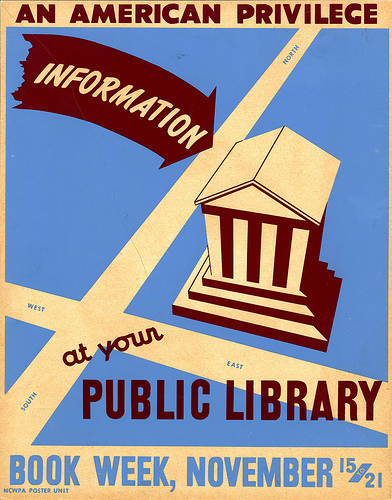I’m wrapping up my Tools for Library Advocacy class this week. I’ll probably be writing down some of what I’ve learned trying to teach a CMS-evading online class–what worked and what doesn’t–but I had a small outline to share. The class was short, really short. Six weeks with two holidays (Memorial Day and King Kamehameha Day) and then grades are due over the July 4th weekend. Tough timing so I wanted to really compress things. I thought about advocacy and what are the essential parts of a good advocacy campaign, whether it’s putting out lawn signs or getting a new program at the library. I summarized it as stats + stories + good design + good tools. Added to this are, of course, good communication and partnerships which I wove in there as well as determining the appropriateness of a social media approach. The web address for my class won’t be up forever but this link should work for a while. You can see what we wrote and read and did on the syllabus.
Two specific items that I am pulling out for my own continued advocacy on digital divide topics are these (one from class, one not from class).
1. This comment on MetaFilter about what it’s like for a truly digitally divided user to try to apply for a job on a library computer. We know variants of this because we see it ever day, but I think it’s an exceptionally well-communicated single piece that should be shared and read widely.
2. This document from Bruce Clark, Queens University’s Digital Inclusion Project Manager about helping someone sign up for AT&T’s Access Plan, the low cost internet access that is available to people who need it, courtesy of the FCC. You’ll note that the process takes over a week and will help the user save $40 a month on her internet access, money she can spend on better food and more bus rides (her words).
Even though we know the numbers about digitally divided folks, and we see the promotions trying to get people signed up for service, it’s ultimately people like Bruce who make the last mile happen. Following up and following through so that people who have multiple challenges can get some assistance helping solve a problem.
Each of my students created an advocacy plan and we spent a week each working on stats and stories and design and tools. It was incredibly gratifying to see them putting work into things they cared about (some library-oriented, some less so) and effectively communicating a need for change. I hope I’m able to teach this class, or some variant of it, again.

